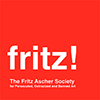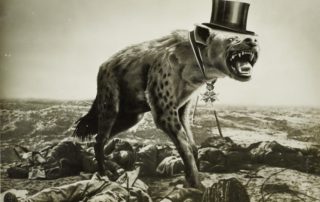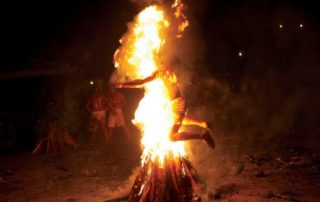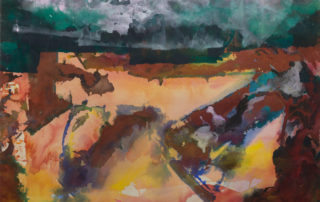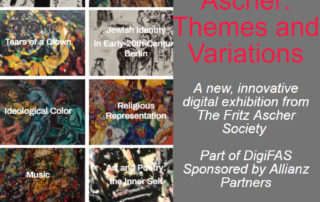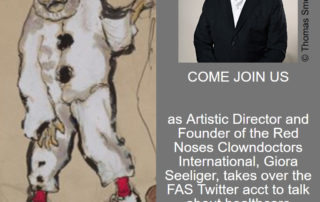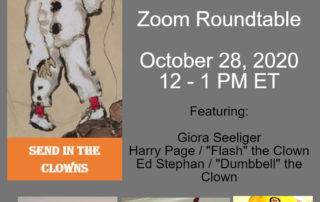FRITZ ASCHER SOCIETY Newsletter Year End 2020
Dear Friends, I HAVE to let you know before 2020 ends: The book is out! We are very excited about this interdisciplinary volume, which explores the painting of Alice Lok Cahana, a survivor of three Holocaust concentration camps; the poetry of her son, Ronnie Cahana; and the photography and award-winning filmmaking of her granddaughter, Kitra Cahana. It places that layered narrative within the context of art, the biology of memory, and the physiological and psychological question of how both creativity and intense trauma can be transmitted from one generation to the next. The book is generously sponsored by the Consulate General of the Federal Republic of Germany in New [...]
